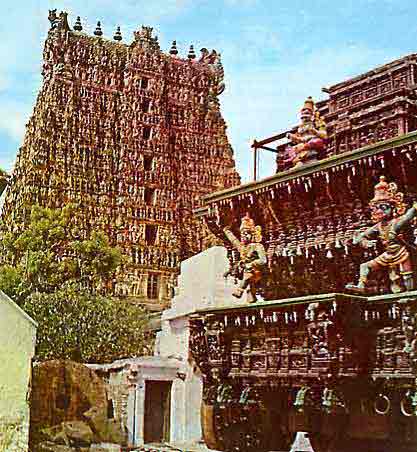 | WEB PAGE OF C.K.MOHAMED TELLICHERRY |
at a glanace


 | WEB PAGE OF C.K.MOHAMED TELLICHERRY |


KERALA Morphologically the area may be divided into three narrow belts paralled to the coast. One the border of Mysore are the western slopes of the Western Ghats, and on the border of Tamil Nadu the higher slopes of the Nigiri Hills, separatd from the equally high slopes of the Anaimali and Cardomom Hills by the low Pakghat gap. The highest peak is Anai Mundi (8.841 ft)
in the Anaimali Hills. Between the foothills and the coast there is an alluvial plain that is fringed on the seaward side by sandy spits sheltering numerous lagoons.
The climate is dominated by the south-west monsoon and influenced by proximity to the Equator. Rainfall is extremly heavy. Cochin, on the cost, has an annual average of 120 inches; rainfall is mostly from May through November and there is a distinct dry season from December through February. Rainfall on the slopes is much heavier, but the extreme south of the coastal plain is a little
daily or seasonable variation. The average daily minium temperature is near 75 degree F. (24 deg.C.) in july and August. It is slightly hotter in the dry season before the monsoon breaks and the average daily maximum reaches 92 deg.F (33 dec.C.) in April.
The natural vegetation of the region is mostly dense forest, with thin scrub on some of the lighter soils and coconut palms along the coastal spits.
Agriculture is the main economic activity, followed by fishing, mining, and forestry, but manufactures are playing an increasing part in the regional economy. Rice is the main crop on the plain, especially in the north. Rice production is more than 1,250,000 tons a year, tapioca (400,000 tons) and sugar-cane each taking another tenth. ( shown figures are around 10 years back) Coconuts are grown extensively along the coast.
Tea, cofee and pepper are grown on the high slopes. Some pineapples and rubber are grown at lower altitudes. Kerala produces 98% of India's black pepper and 95% of its rubber. Plaintains and cashew nuts are grown as well as sesame and various fruits.
Forest covers about a fifth of the area and includes teak, sandalwood, and ebony. Among minerals ther is a large production of ilmenite and monazite (sources respectively of titanium and cerium) from the sands of the Tranvancore coast, particularly at Trivandrum and Quilon.
Among manufactures textiles (including handloom products) and food products predominate but fertilizers, tyres, soap, glass, ceramics, and paper are also produced. The alumnium smelter at Always, north-east of Cochin,uses power from the river Mudrapuzha to smelt alumina from Bihar. There is also much domestic industry, including textiles and the preparation of coconut products and cashew nuts.
The larger towns are all in the coastal zone. Trivandrum, the capital is in the extreme south, and is a sacred city to the Hindus. Kozhikode (Calicut) is the centre of the northern plain. The largest urgan concentration is around, and particularly at the mouth of, the largest lagoon, which is 60 miles long; Alleppey is the at the inner end, while Ernakulam, Cochin, and Mattancheri, with a combined urgan population are clustered round the outlet of the lagoon.
Cochin is one of India's leading ports, central on the coastlands and convenient for international routes; it has good road, rail, and air connections (Trivandrum & Cochin (international) & Calicut domestic but connected to Gulf region) and a good harbour. From Trivandrum northwards lagoons, joined by canals, form a sheltered waterway for 150 miles. WELCOME to State of KERALA. To overwhelming greenery.Silken reams of emerald backwaters. Long, charming shorelines. Spice-scented hill tops. Lush jungles. Exotic wildlife.
ancient regimens. Spectacular art forms. Colourful festivals. Fascinating history. And wealth of unique culture and traditions.... WELCOME to KERALA, A land where the season never ends.......
at Padmanabhapuram, in Kerala, in the ancient capital of Tranvancore.
It lies about 30 miles south of Trivandrum (Capital of Kerala).
This type of construction is characteristic of Dravidian art.